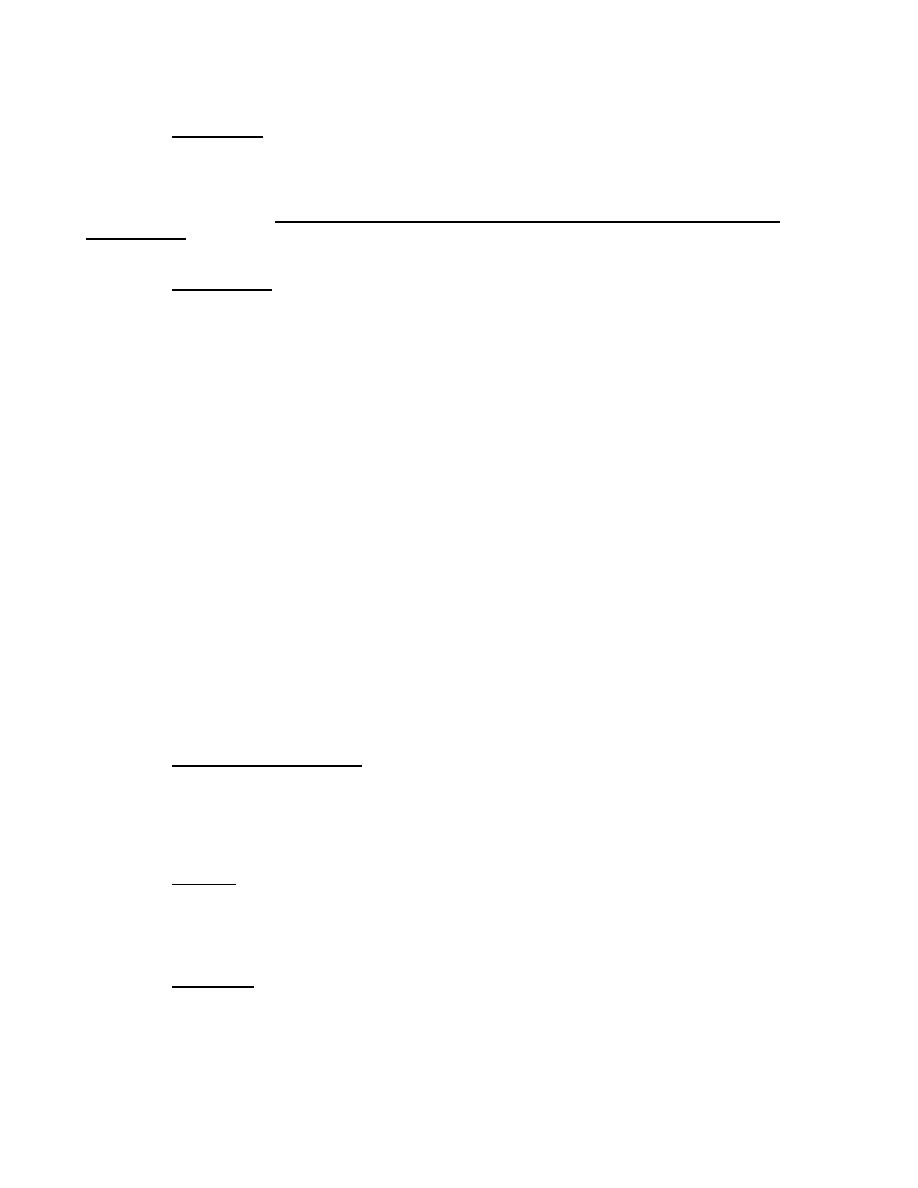
| Tweet |

Custom Search
|
|

|
||
 MIL-HDBK-1038
4.3.6.31 Dowel Pins. Dowel pins are press fitted into holes drilled through the
foot of the component or housing to be held in alignment and into the foundation.
Unlike shear bars, dowel pins are intended only for registering alignment not
for any contribution to the shear bearing capacity of the mounting. Whenever
possible, the location of the dowel pins should be in the solid sections of the
foot. ASME B18.8.2, Taper Pins, Dowel Pins, Straight Pins, Grooved Pins, and
Spring Pins, contains the standard sizes, materials, and installation fits for
dowel pins.
4.3.6.32 Cotter Pins. On custom made assemblies, cotter pins may be used only as
a means of locking nuts against loosening or for retention of secondary components
which are not in the primary load path. Examples of such components are pins that
support wire rope anti-sag rollers and wire rope anti-lift off pins over sheaves.
Cotter pins are also permitted on standard commercial assemblies, such as shoe
brake linkage pins. However, when standard commercial items are available both
with and without cotter pins, those without cotter pins are preferred. Examples
of items with both options are the carrier yokes of underrunning cranes. Figure
22 shows examples of carrier yokes which are the standard designs of major
manufacturers in the industry. Any of these designs or their variations are
acceptable.
Underrunning cranes configured to operate on structural I-beam sections,
rather than patented track, typically have carrier yokes with angled wheels and
the yoke frame held together by a cross pin with cotter pins on the ends. The
suspension lug is centered on the cross pin by stacks of plain washers on either
side. Although there is no "calculable" load on the cotter pins when the cross
pin is straight, the cotter pins may be sheared off if the cross pin becomes
bowed. Existing cranes' carrier yokes of this type that show evidence of bowing
on the cross pin should be modified to replace the cross pin, washers, and cotter
pins with a weldment composed of full length heavy walled pipe, suspension lug,
cross pin with threaded ends, and nuts with cotter pins.
Steel cotter pins on outdoor installations, even when they are part of a
standard commercial assembly, should be replaced with their corrosion resistant
steel equivalents. Examples of such assemblies are the cotter pins on the boom
section joints of mobile cranes.
4.3.6.33 Retainer (Snap) Rings. Snap rings are designed to seat into deep grooves
(in the shaft, hub, or housing) over nearly the entire circumference and are
capable of carrying significant axial loads. The grooves are narrow and with
sharp corners, creating high stress raisers, especially on the shafts. Snap rings
are acceptable on standard commercial assemblies. On custom designed assemblies
snap rings may be used in locations with low stresses and with NCC approval.
4.3.6.34 Washers. Every threaded connection of a built-up assembly must have a
hardened steel washer under the turned element head or nut. Additionally,
mounting connections at slotted feet or flanges of housings must include a thick
steel cover plate with a drilled hole to match the fastener diameter and overall
dimensions to completely cover the slot.
4.3.6.35 Setscrews. Setscrews are permitted only to serve as locking devices
between the threads of mating components (such as load hook and nut), mounted
bearings supporting only the weight of mechanical components (such as squaring
shafts), and on secondary non-load bearing assemblies (such a limit switch
shafts).
79
|
 |
|
 |
||